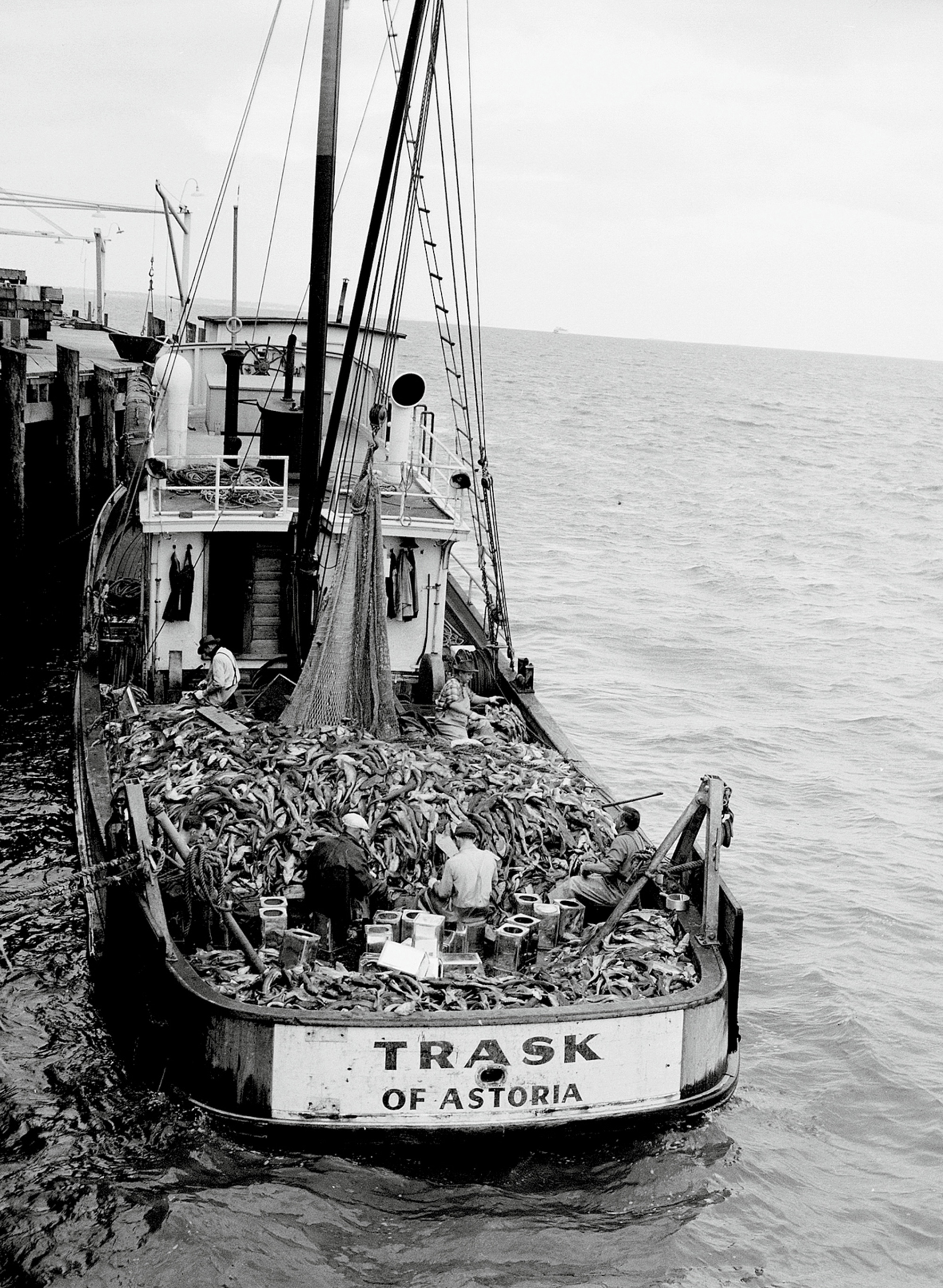Ingestion / Fishing for Vitamin A
The shark liver oil craze of the 1940s
Sasha Archibald
“Ingestion” is a column that explores food within a framework informed by aesthetics, history, and philosophy.
The currency of the Cook Islands depicts the goddess Ina, who, during a long journey on the back of a shark, suffered a lapse of manners and relieved herself without dismounting. Ina’s urine, the myth explains, is the cause of the pungent odor and foul taste of shark flesh. Indeed, a California shark fisherman remembers that whenever his boat arrived in the harbor, “people would fall down,” so nauseating was the smell.[1] No wonder that aside from the Asian delicacy of shark’s fin soup (which is said not to taste of shark at all), sharks are rarely eaten: monsters and trophies par excellence, but rarely offered as dinner plate fare.
Yet, for a brief period in the 1940s, sharks became a prized catch, their innards destined for human consumption. Independent fishermen dropped tuna, salmon, and cod and took up “sharking,” while existing fisheries adapted their assembly lines and new ones sprang up, hastily built on spindly wooden piers. Sharks rarely venture as far north as Alaska, but in all other major fishing towns of the American Pacific coast—San Pedro, Santa Barbara, Tomales Bay, San Francisco, Astoria, and Seattle—as well as in the Scottish New Hebrides, shark hauls between 1943 and 1949 fetched legendary prices.

The princely profits came not from fillets or fins, but from oil extracted from the shark’s liver, an expansive hunk of viscera rich in vitamin A. Comprising up to a quarter of a shark’s weight and 90% of its body cavity, a shark’s liver is proportionally the largest in the world, gorged with lipids that keep the animal buoyant and supply it with energy during migratory journeys. It is because of its extraordinary liver that the giant basking shark is able to glide along the ocean surface, mouth agape, for miles at a stretch—a prehistoric sea monster skimming plankton with a maw as tall as a child.
The self-published memoir of George Moskovita, a lifelong fisherman born in the San Juan Islands to an Irish mother and a Yugoslav father, describes his 1940s shark liver business.[2] Moskovita operated out of Astoria, a fishing town at the northwestern tip of Oregon. Situated directly on the mouth of the Columbia River, Astoria was at the time teeming with industrious fishermen and Chinese- and Scandinavian-born fish packers. Moskovita began his career catching soupfin shark, sometimes called dogfish, by laying out cotton netting, about a mile’s worth, and suspending the vertical nets roughly fifty feet below the water surface using a combination of weights and submerged aluminum or glass floats.[3] (Fishermen in this era contended with few restrictions except the territorial ire of other fishermen; Moksovita’s underwater floats allowed boats to pass overhead, unencumbered by his equipment.) The nets were pulled up after a storm—pods of soupfin cover more territory during foul weather—and otherwise once a week. On a bad day, the catch was small, or eels had found it first. Consuming only the livers, eels could quickly worm their way through a bulging net. A hundred sharks, Moskovita remembers, was a decent haul. When the catch was large, the fishermen worked through the night, winching the nets by hand to heave their fortune on board.